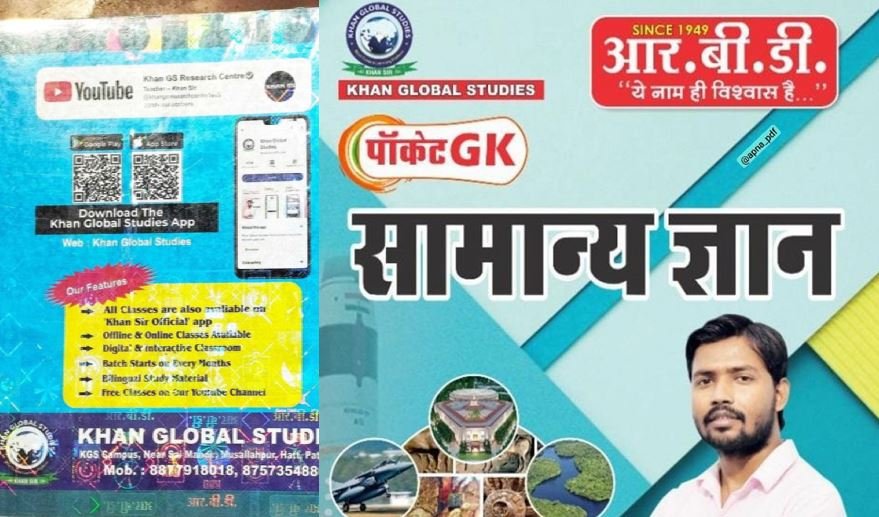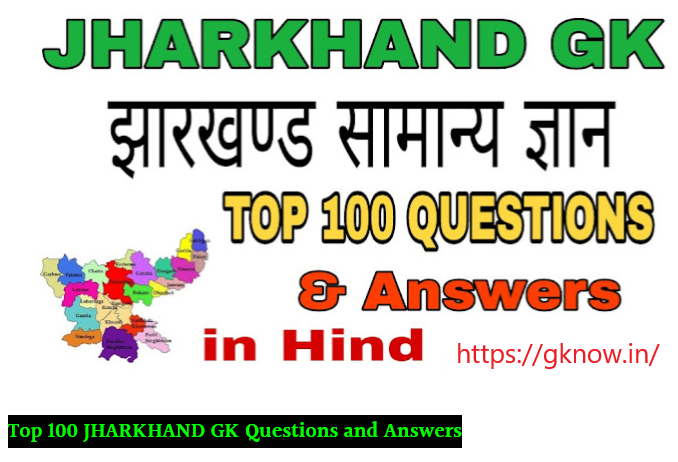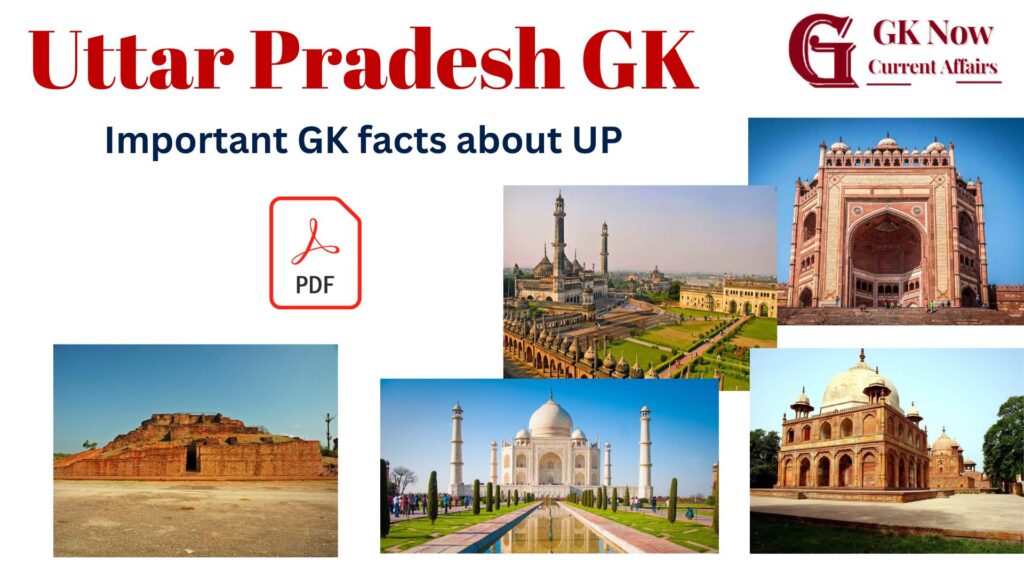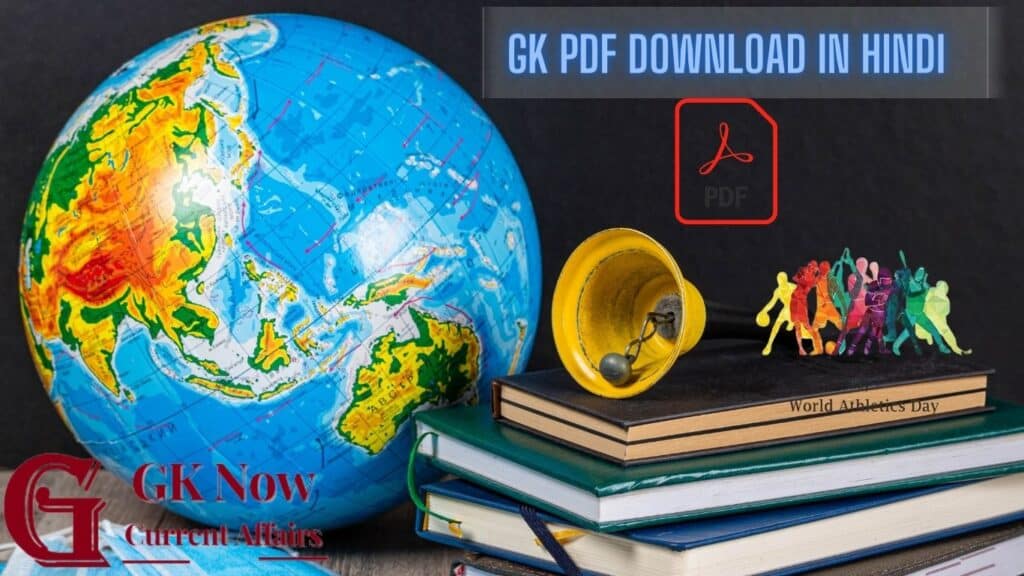World Heritage Sites in India
India’s World Heritage Sites (Total 43):
- Cultural Sites: 35
- Natural Sites: 7
- Mixed Site: 1
Cultural World Heritage Sites (35)
| Site (Included in UNESCO’s list) | Location | Significance |
| Agra Fort (1983) | Uttar Pradesh | – Palace fort with a crucial history of the |
| Ajanta Caves (1983) | Maharashtra | – Finest surviving examples of ancient Buddhist cave paintings and rock-cut architecture |
| Ellora Caves (1983) | Maharashtra | – Outstanding crystallization of ancient Indian rock-cut architecture representing Buddhist, Hindu and Jain faiths |
| Taj Mahal (1983) | Uttar Pradesh | – Architectural masterpiece of the Mughal era |
| Sun Temple, Konark (1984) | Odisha | – 13th-century temple extolling the Sun God Surya in unique architectural style and elaborate stone carvings |
| Group of Monuments at Mahabalipuram (1984) | Tamil Nadu | – 7th-8th century architectural and sculptural evolution in the port city of the Pallava dynasty |
| Churches and Convents of Goa (1986) | Goa | – Remnants of Portuguese colonial architecture and Christianity’s expansion in Asia |
| Fatehpur Sikri (1986) | Uttar Pradesh | – Imperial capital city built by Mughal Emperor Akbar in 16th century, blending Indo-Islamic architecture styles |
| Group of Monuments at Hampi (1986) | Karnataka | – Capital city of Vijayanagara empire in 14th-16th century with brilliant temple architecture |
| Khajuraho Group of Monuments (1986) | Madhya Pradesh | – Clusters of Hindu and Jain temples built in 10th-11th century CE renowned for erotic sculptures of dancers and couples |
| Elephanta Caves (1987) | Maharashtra | – Rock-cut cave shrines of Shiva sect from 6th century CE with monumental sculpture |
| Great Living Chola Temples (1987, 2004) | Tamil Nadu | – 11th and 12th century Chola dynasty temple complexes demonstrating evolution of form and architecture |
| Group of Monuments at Pattadakal (1987) | Karnataka | – 8th century CE Chalukya dynasty temple exemplifying blend of Northern and Southern styles |
| Buddhist Monuments at Sanchi (1989) | Madhya Pradesh | – Oldest stone structures extant from 3rd century BCE preserving core of Buddhist art and architecture |
| Humayun’s Tomb (1993) | Delhi | – Mughal tomb which is earliest Garden-tomb on the Indian subcontinent, precursor to Taj Mahal |
| Qutb Minar and its Monuments (1993) | Delhi | – 13th-century minaret and monuments complex built by Qutubuddin Aibak heralding Indo-Islamic architecture |
| Mountain Railways of Darjeeling, Kalka Shimla & Nilgiri (1999) | – Opened between 1881 and 1908, these hill railways exemplify bold engineering solutions for connecting mountainous terrains. – Fully operational, they showcase the ingenuity of late 19th and early 20th-century engineering | |
| Rock Shelters of Bhimbetka (2003) | Madhya Pradesh | – Site demonstrating early human life through traces of prehistoric rock paintings dating 30,000 years ago |
| Champaner-Pavagadh Archaeological Park (2004) | Gujarat | – Pre-Mughal Islamic city and fort from the 8th to 14th centuries CE |
| Chhatrapati Shivaji Terminus (2004) | Maharashtra | – It was designed by Frederick William Stevens in the Victorian Gothic style, drawing influences from Italian Gothic architecture and combining them with influences from Indian traditional buildings built in the late 19th century. – It symbolised the wealth of Mumbai as a major commercial port within the British Commonwealth. |
| Red Fort Complex (2007) | Delhi | – Monumental 17th-century Mughal palace fort built when the empire was at its artistic zenith |
| The Jantar Mantar, Jaipur (2010) | Rajasthan | – 18th-century astronomical observation site demonstrating empire’s scientific advancement |
| Hill Forts of Rajasthan (2014) | Rajasthan | – Massive hill forts in Rajasthan demonstrating the power of Rajput kingdoms |
| Rani Ki Vav (Queen’s Stepwell), Patan (2014) | Gujarat | – Elaborately sculpted 11th century AD stepwell demonstrating mastery of engineering |
| Archaeological Site of Nalanda Mahavihara (2016) | Bihar | – Archeological remnants of the ancient seat of Mahayana Buddhism and monastic learning in India |
| The Architectural Work of Le Corbusier, (2016) | Chandigarh | – An Outstanding Contribution to the Modern Movement is a World Heritage Site consisting of a selection of 17 building projects in several countries by the Franco-Swiss architect Le Corbusier. – These sites demonstrate how Modern Movement architecture was applied to respond to the needs of society and show the global range of a style and an architect |
| Historic City of Ahmedabad (2017) | Gujarat | – World Heritage City founded in 15th-century exhibiting unique architectural styles |
| Victorian Gothic and Art Deco Ensemble of Mumbai (2018) | Maharashtra | – 19th and 20th-century Gothic revival and Art Deco architectural creations in the growing port city |
| Jaipur City, Rajasthan (2019) | Rajasthan | – 18th century planned city founded as the capital of Amber kingdom exemplifying city planning and architecture |
| Dholavira: A Harappan City (2020) | Gujarat | – One of the largest and most prominent cities of the ancient Indus Valley Civilisation dating 4000-1500 BCE |
| Kakatiya Rudreshwara (Ramappa) Temple (2021) | Telangana | – 13th-century engineering masterpiece of Kakatiya dynasty with splendid or |
| Santiniketan (2023) | West Bengal | – It is the cultural and educational centre established by Nobel laureate Rabindranath Tagore |
| The Sacred Ensembles of the Hoysala (2023) | Karnataka | The famed Hoysala temples of Belur, Halebid and Somananthpura in Karnataka were constructed during the 12th and 13th centuries. – Hoysala temples maintain a fundamental Dravidian morphology, they exhibit substantial influences from the Bhumija style prevalent in Central India, the Nagara traditions of northern and western India, and the Karnataka Dravida modes favoured by the Kalyani Chalukyas |
| Modiams (2024) | Assam | A 700-year-old burial mounds of the Ahom dynasty in Assam, marking first cultural site from northeastern state |
| Maratha Military Landscapes of India (2025) | Maharashtra, Tamil Nadu | The inscription includes 12 historic forts spread across Maharashtra and Tamil Nadu, such as: Raigad, Rajgad, Shivneri, Pratapgad, Vijaydurg, Panhala, Suvarnadurg, Sindhudurg, Lohgad, Salher, Khanderi (Maharashtra) Gingee Fort (Tamil Nadu) |
Natural World Heritage Sites (7)
| Site | Location | Significance |
| Kaziranga National Park (1985) | Assam | – Home of the world’s largest population of one-horned rhinocero |
| Keoladeo National Park (1985) | Rajasthan | – Important man-made wetland providing refuge to migratory waterbirds |
| Manas Wildlife Sanctuary (1985) | Assam | – Critical tiger habitat representing biodiversity of Eastern Himalayas |
| Sundarbans National Park (1987) | West Bengal | – Largest estuarine mangrove forest globally endangered by rising sea levels |
| Nanda Devi and Valley of Flowers National Parks (1988, 2005) | Uttarakhand | – Contrasting alpine wildflower meadow and rugged glacial wilderness protecting diverse flora and fauna |
| Western Ghats (2012) | Karnataka, Kerala, Tamil Nadu, Maharashtra | – Mountain range running parallel to western coast recognized for high endemism and biodiversity |
| Great Himalayan National Park (2014) | Himachal Pradesh | – Diverse ecosystems and biodiversity of the Great Himalayas, including glaciers, alpine meadows and forest wildlife |
Mixed World Heritage Sites (1)
| Site | Location | Cultural Significance | Natural Signficane |
| Khangchendzonga National Park- (2016) | Sikkim | – Associated with indigenous Sikkimese culture and the sacred meaning of the mountain peak | – Protects a huge range of eastern Himalayan biodiversity across different vegetation zones from subtropical to alpine meadows |















 Dr. Virendra Kumar
Dr. Virendra Kumar 


















































 Shri Sukanta Majumdar
Shri Sukanta Majumdar












